In the given figure, AC=AE,AB=AD and ∠BAD=∠EAC. Prove that BC=DE.
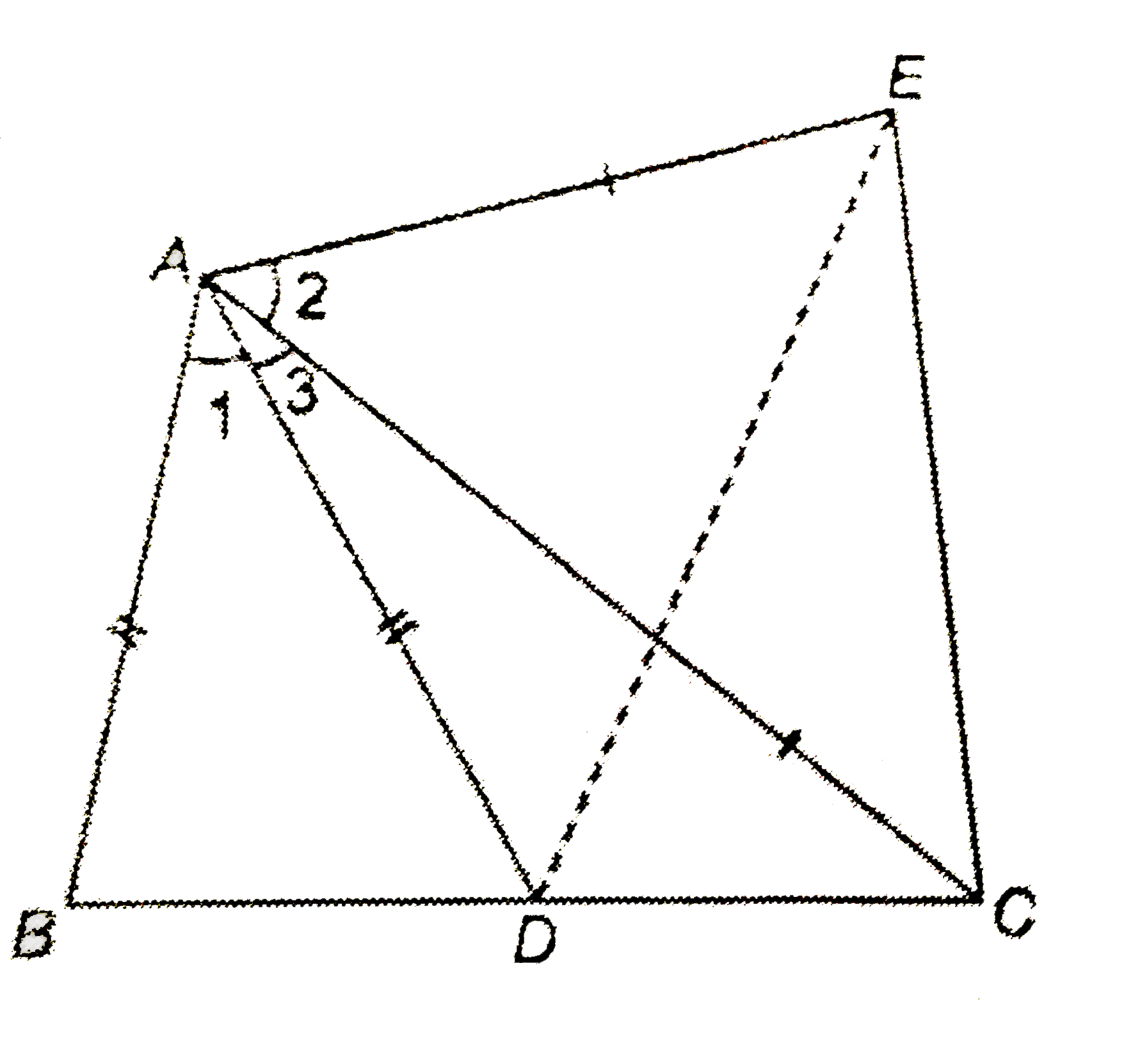
Since ∠1=∠2 (given)
∴∠1+∠3=∠2+∠3 (adding same angle on both sides)
⇒ ∠BAC=∠DAE
Now, in ΔBAC and ΔDAE
∵⎧⎪⎨⎪⎩AB=AD(given)∠BAC=∠DAE(just proved)AC=AE(given)
∴ΔBAC≅ΔDAE (SAS)
∴BC=DE (c.p.c.t) Hence Proved.
Topper's Solved these Questions
- BOOK - NAGEEN PRAKASHANCHAPTER - TRIANGLESEXERCISE - Problems From NCERT/exemplar5videos
TRIANGLES
- BOOK - NAGEEN PRAKASHANCHAPTER - TRIANGLESEXERCISE - Exercise 7a35videos
TRIANGLES
- BOOK - NAGEEN PRAKASHANCHAPTER - SURFACE AREA AND VOLUMEEXERCISE - Revision Exercise (long Answer Questions)10videos
SURFACE AREA AND VOLUME
Similar Questions
In the given figure, AB||DC and ∠D=∠C. Prove that :
(i) AD=BC
(ii) AC=BD
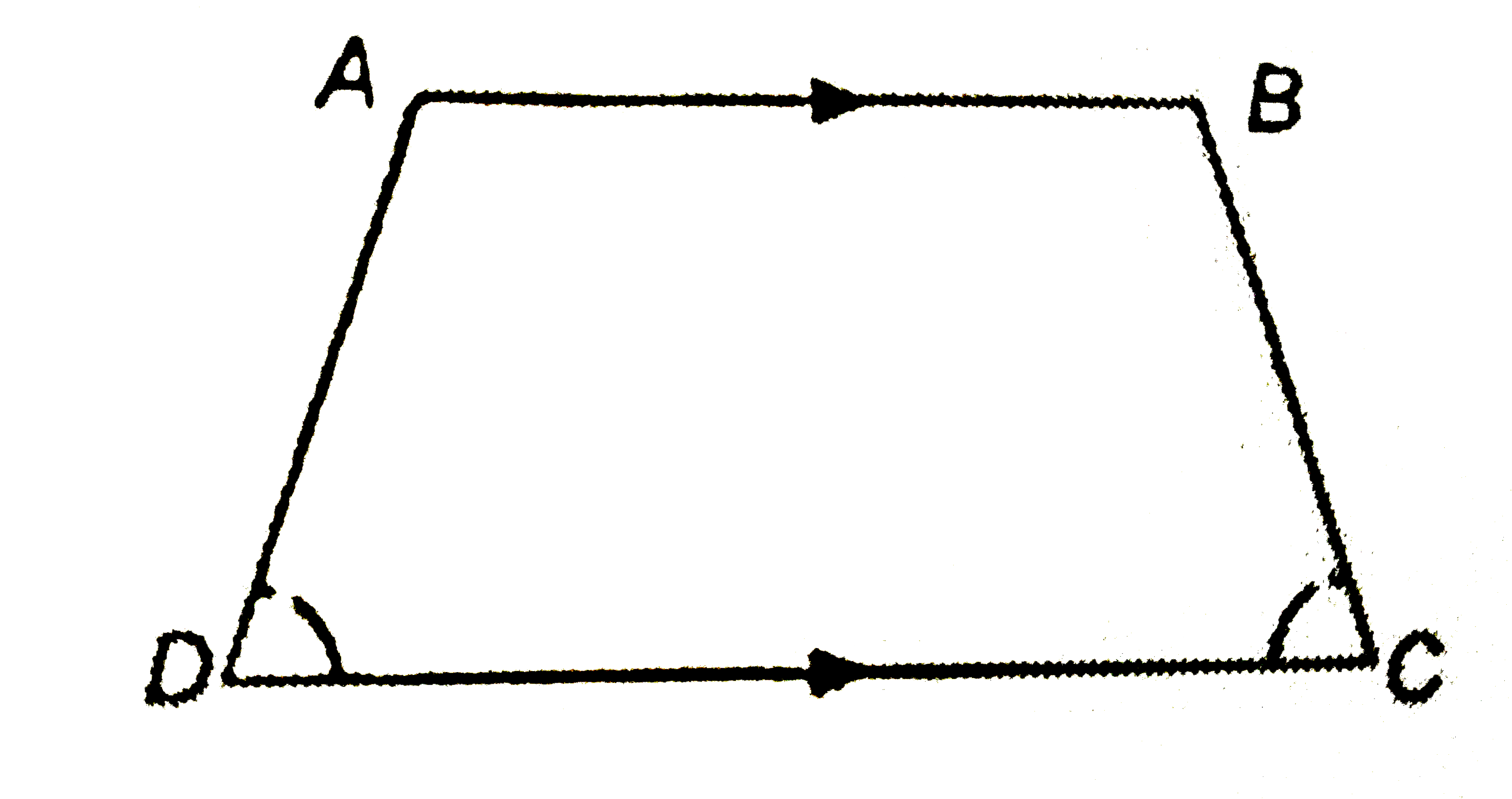 View Solution
View SolutionIn Figure, AC=AE, AB=AD and ∠BAD=∠EAC. Prove that BC=DE
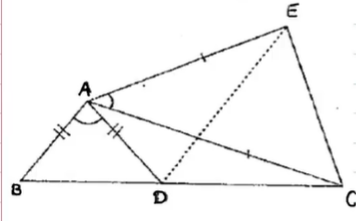 View Solution
View SolutionIn the adjoining figure, AB=EF,BC=DE,∠ABC=∠FED=90∘, prove that AD=CF.
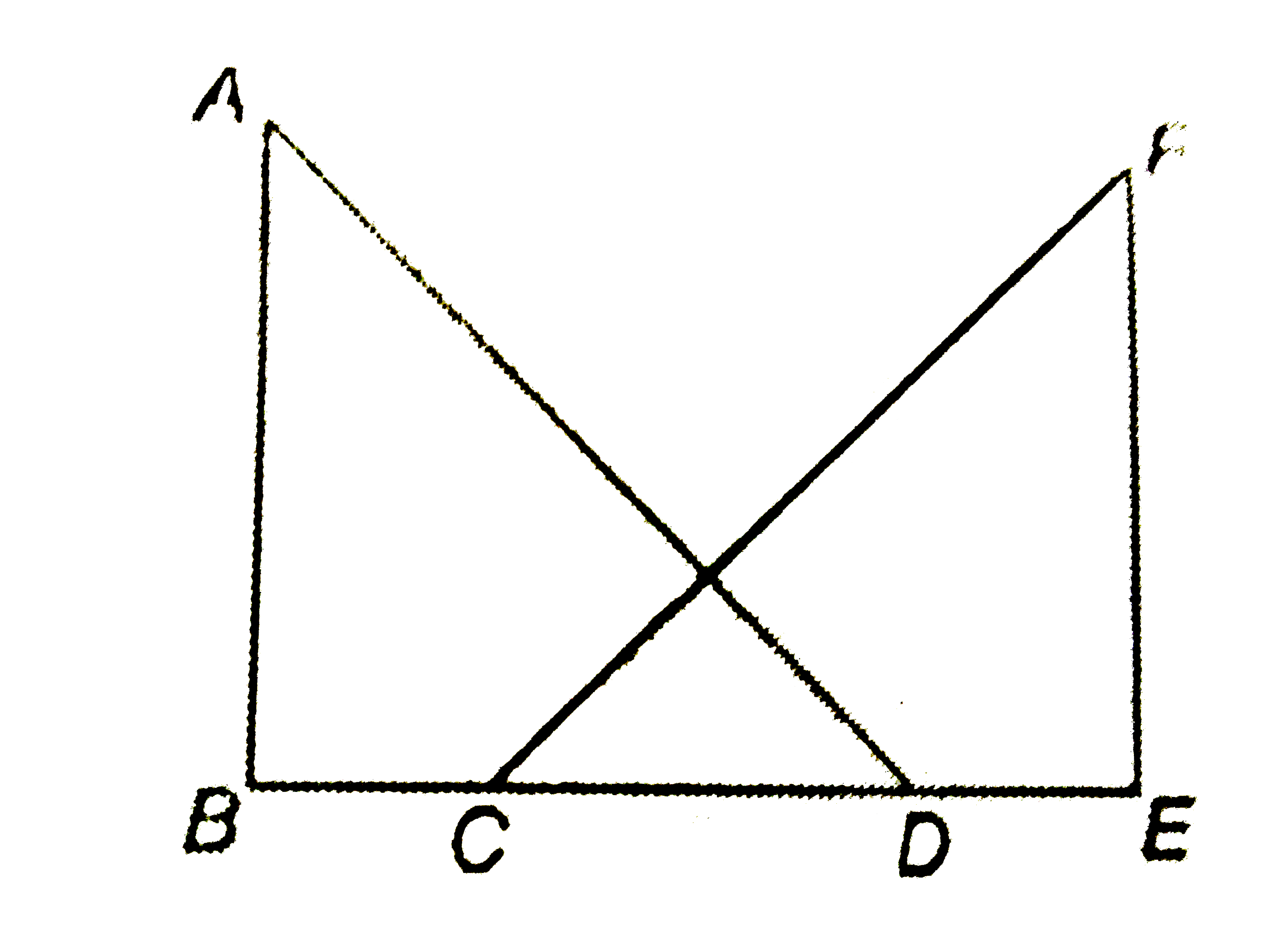 View Solution
View SolutionIn the given figure, AB = AC and AD = AE. Prove that:
ΔABD≅ΔACE
 View Solution
View SolutionIn the given figure, AB∣∣EC,AB=AC and AE bisects ∠DAC. Prove that:
View SolutionIn the given figure, AB=AD in ΔABDandAC=AE in ΔACEand∠BAD=∠EAC. Show that BC=DE.
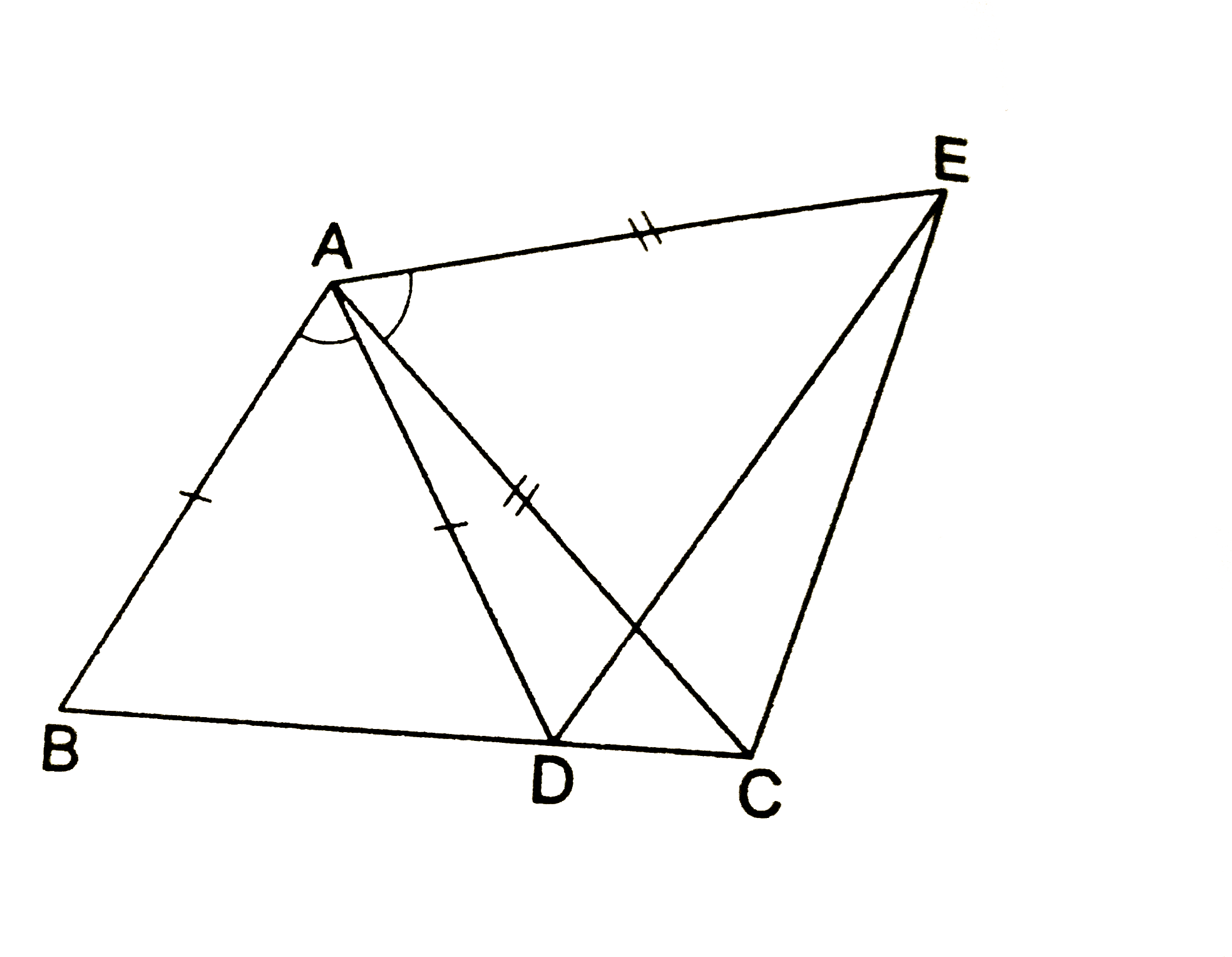 View Solution
View SolutionIn the given figure, AE = DE and BC || AD. Prove that the points A,B,C and D are concyclic. Also, prove that the diagonals of the quadrilateral ABCD are equal.
View SolutionIn figure, AB||DE, AB=DE, AC||DF and AC=DF. Prove that BC||EF and BC=EF.
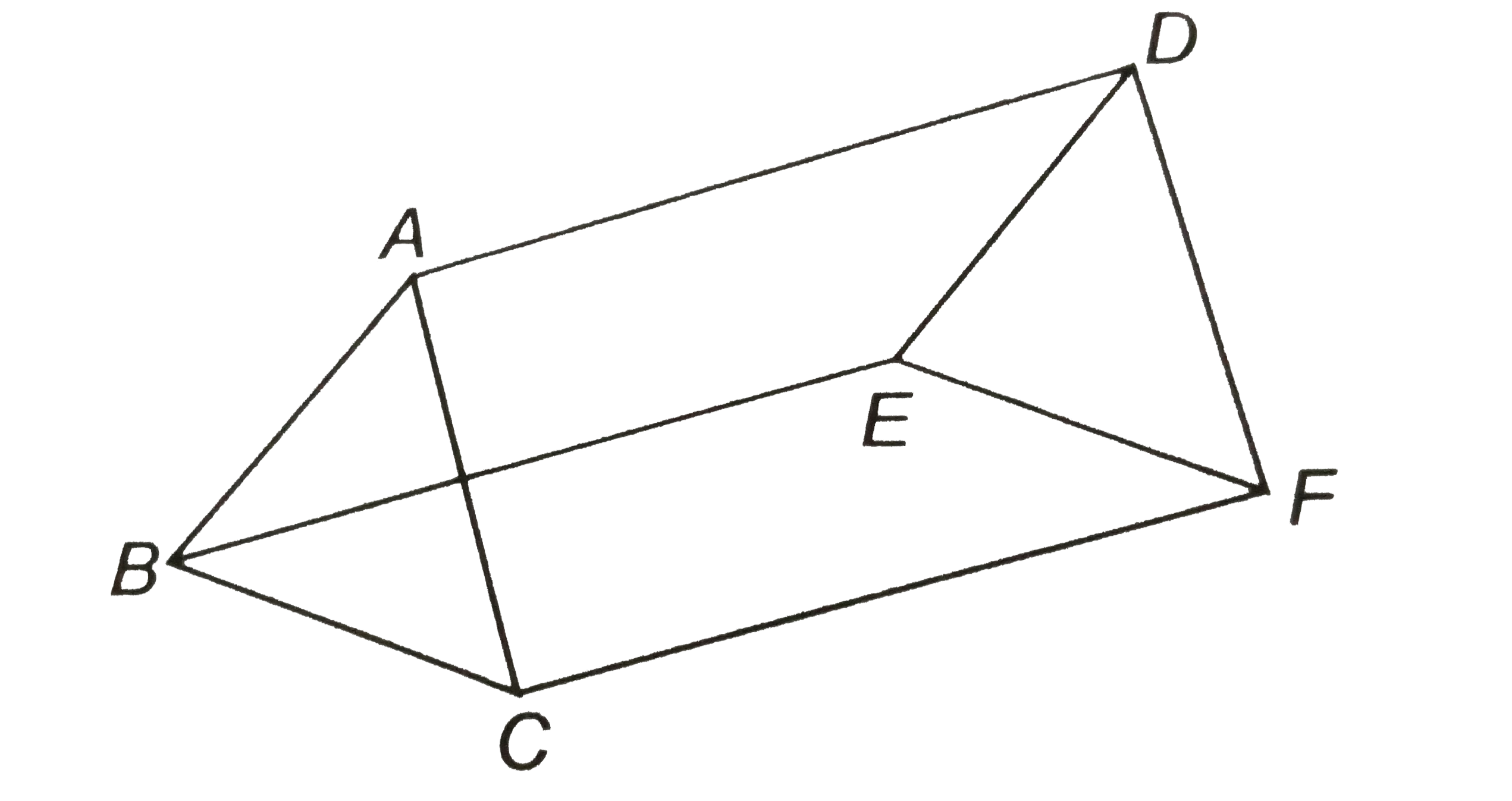 View Solution
View SolutionIn the given figure if DE∣∣BC then find length AD
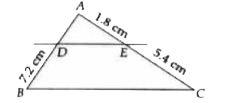 View Solution
View SolutionIn the given figure, DB⊥BC,DE⊥ABandAC⊥BC.
Prove that BEDE=ACBC
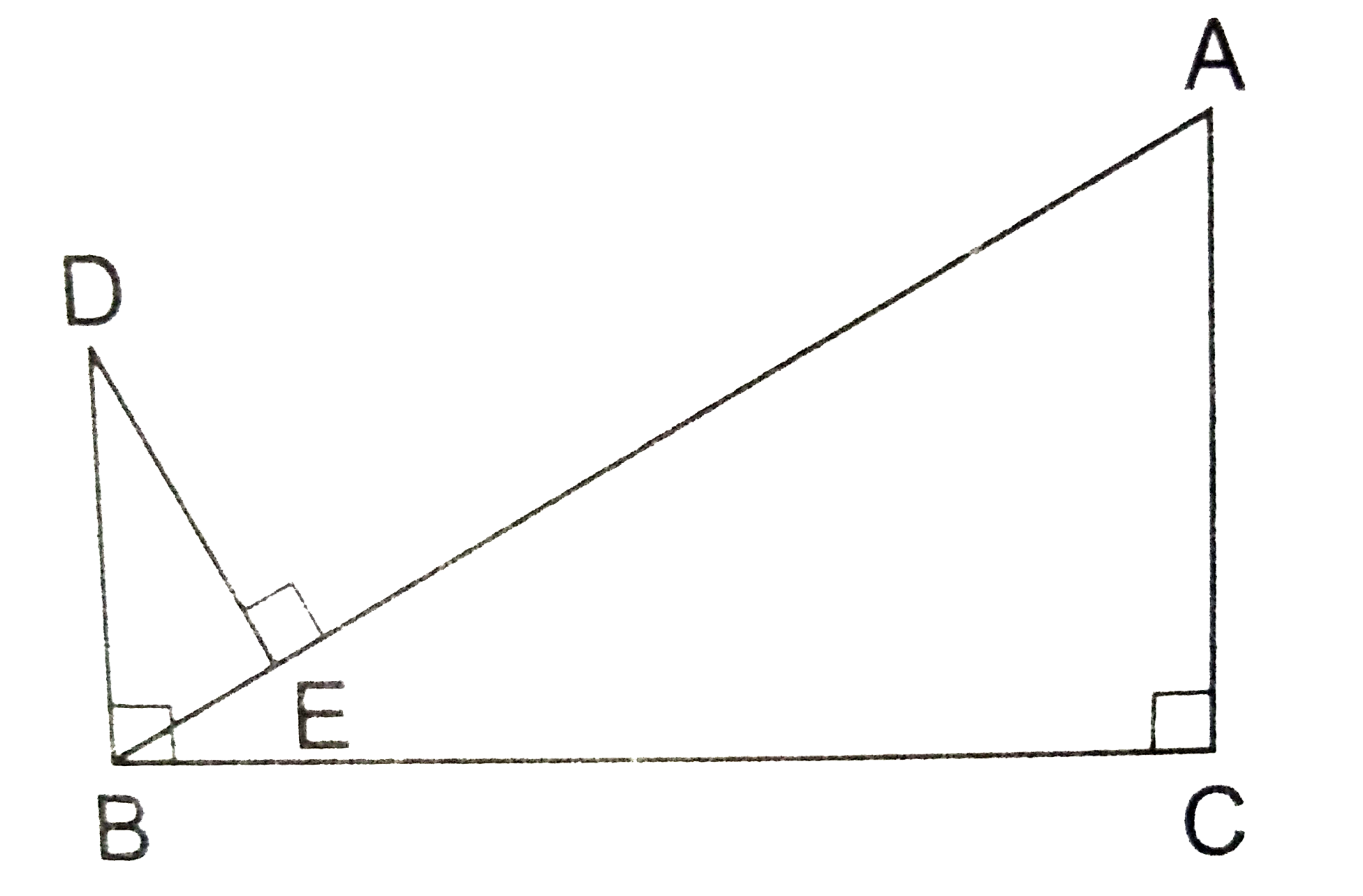 View Solution
View Solution

